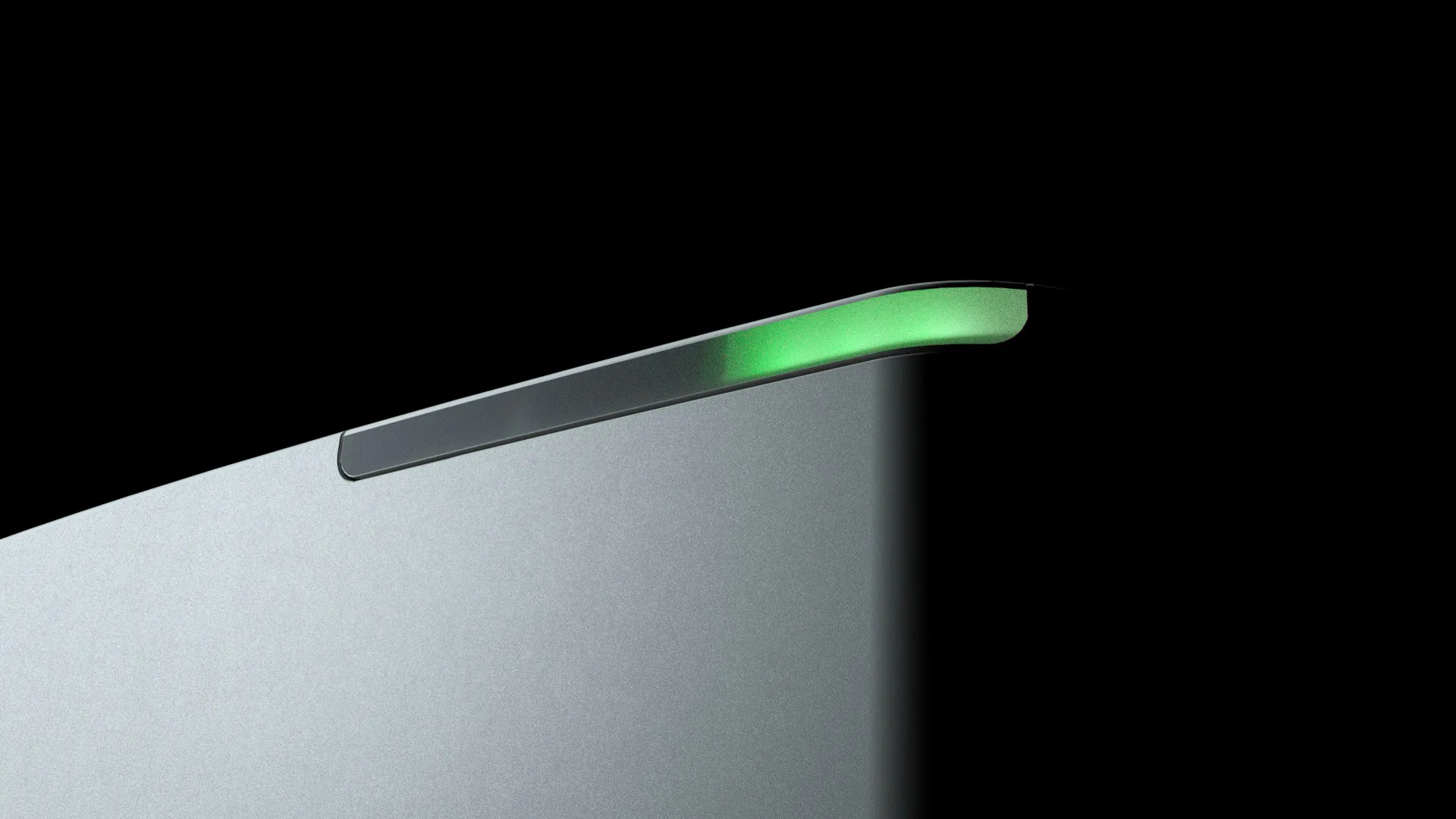
Biosimilar Characterization and Structural Analysis with MMS
What Are Biosimilars and Why Are They Important?
Biosimilars are significant in the current medical treatment arena because they represent lower-priced “generic” options for patients who otherwise might be faced with cost-prohibitive single-source therapeutics. These molecules require extensive characterization to prove that they are highly similar in structure and function when compared to the approved reference (‘innovator’) molecules they mimic. In addition to demonstrating safety and therapeutic efficacy, structural similarity to the innovator is critical for market and patient adoption and regulatory approval. As is true with all biologics, biosimilars must adhere to strict critical quality attributes (CQA) and maintain reproducibility and structural integrity at all levels of manufacturing.
The Role of Structural Characterization in Biosimilar Development
The novel Aurora utilizes a quantum cascade laser (QCL) and microfluidic flow cell to provide the critical quality attribute of secondary structural characterization of the biosimilar and its innovator via Microfluidic Modulation Spectroscopy (MMS). This unique approach to IR spectroscopy provides confidence in the ‘similarity’ of the two therapeutic entities by comparing their intrinsic IR spectra. The improved sensitivity provided by the QCL and the real time buffer background subtraction powered by the MMS technology enable the ultrasensitive detection of the smallest differences between the biosimilar and reference that may serve to protect the intellectual property (IP) on the innovator or confirm similarity of the ‘biosimilar’.
Detecting Structural Differences in Biosimilars with MMS
In a representative biosimilar characterization study, thirteen Bovine Serum Albumin biosimilars were analyzed by MMS using the first-generation MMS instrument, the AQS³pro, and compared to a reference standard 4112305 (Figure 1) with the goal of identifying potential product candidates for use as an in-house standard for an ELISA-based assay kit(1). The automated structural analysis of the BSA samples compared all 14 molecules using the same auto-referenced analysis and processing conditions, and correctly identified the candidates which did not meet similarity requirements. These similarity results revealed previously undetectable differences in the secondary structure of several of the BSA biosimilars which correlated directly with their poor activity in the ELISA-based product. By screening their samples using MMS, this pharmaceutical company is now able to qualify the lots of BSA batches that will correlate with the required activity for their ELISA kit assay. Time savings and alleviating the cost of lot failures due to insufficient characterization of important secondary structural defects are direct benefits of employing the MMS for secondary structural characterization of biosimilars.

Request a Proof of Concept for Biosimilar Analysis
Request a Demo Today!
MMS offers unparalleled efficiency in bioprocess analytics, allowing for real-time protein concentration monitoring and minimizing workflow disruptions. This provides researchers and biopharmaceutical manufacturers with faster, more reliable structural insights to optimize formulation and stability studies.
Related Resources

